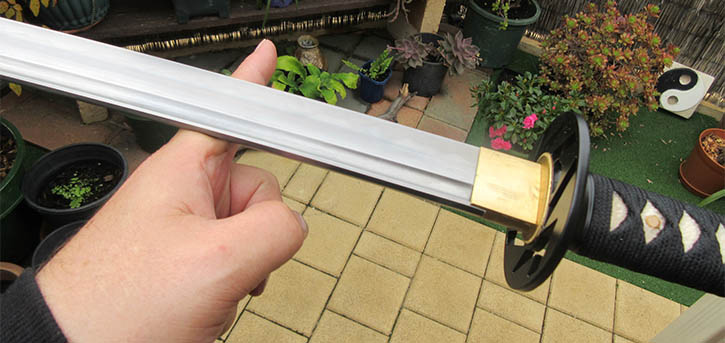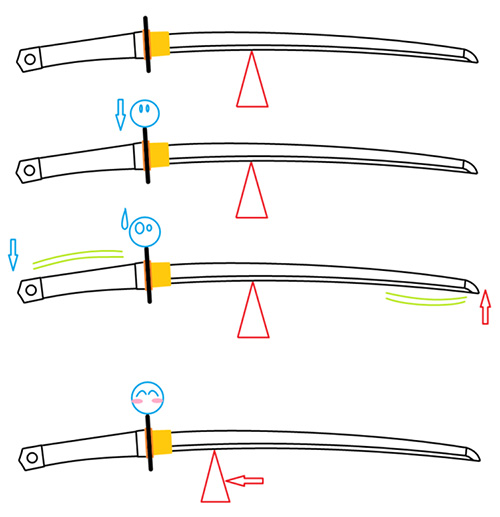What is the balance point of the sword?


From traditional Japanese swords (such as katana and Wakizashi) to Korean swords (such as geom and Ssangsudo), all swords have a balance. Usually located a few inches above the sword (from the hilt), it plays an important role in the versatility and overall performance of the sword. Unfortunately, many martial arts practitioners and sword collectors ignore the balance when buying new swords. They are either unfamiliar with the term or think it is trivial. But the balance point will definitely affect your ability to handle and use the sword, which is why it's a good idea to be familiar with this term.
Balance point: basic knowledge
The balance point is a physical, precise point on the sword, and its weight is evenly distributed to each side. In other words, you can put the sword length on the balance point of your fingertips, and it will basically maintain balance. If you try to balance the sword at any position other than the balance point, it will fall to the side that bears the most weight. Of course, you should not try to balance the sword on your fingers, as this may cause injury. Nevertheless, this example should give you a better understanding of the balance point and how to position it on the sword.
Why balance point is important
When designing a sword, it is important for the swordsmith to consider its balance. If the weight on the hilt is too large, it means that the balance point of the sword is very low, and the person using it will not be able to perform fast and smooth strikes. If the weight of the upper end of the blade is too large, the person using it will not be able to recover from his or her blow in time, making them vulnerable to counterattacks. In order to prevent these problems, swordsmiths in history have designed swords with specific balance points.
The location of the balance point

Different swords have their balance points in different positions. However, with most swords, you will find a balance point 2 to 3 inches above the blade. In other words, find the bottom of the blade where the metal meets the handle. Now move the blade up about 2 or 3 inches. For most swords, this is where the balance point is. Here, the weight of the sword is evenly distributed to each side.
Discover the many attractive options available for Katana swords and custom swords.
Want a unique sword? Feel free to contact us:
Phone: 086 13739276006
Email: [email protected]
Website: www.hanbonforge.com
Custom Sword Page: www.hanbonforge.com/CUSTOM-SWORDS/Custom-Your-Own-Swords

Leave a Comment